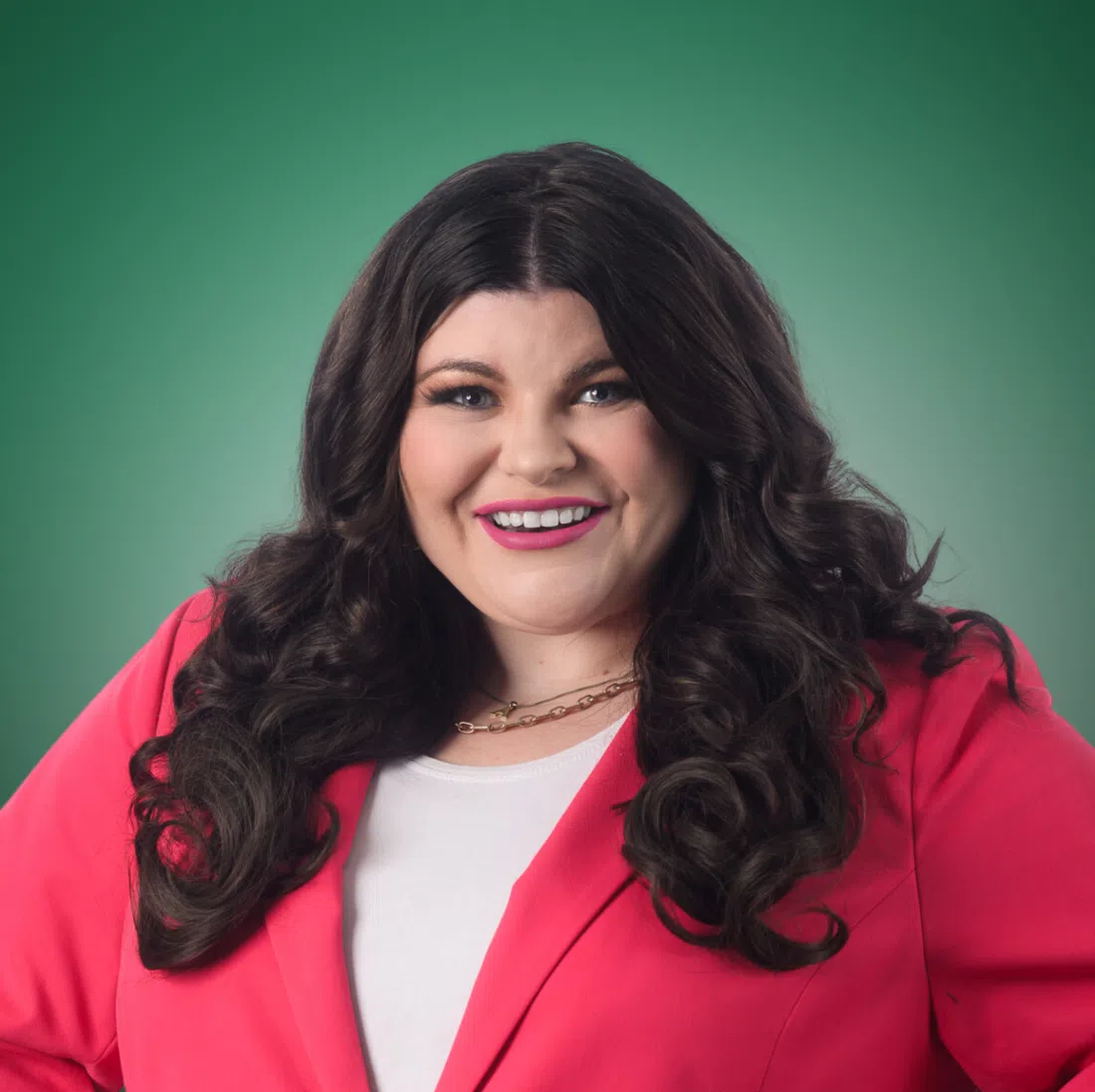Stephanie Scott shed tears with her daughter and five-year-old grandchild when remains of what are believed to be more than 200 children were found on the former site of the Kamloops Indian Residential School in British Columbia.
“It really hurt us,” says Scott. “There is no denying the truth that the residential school system was responsible for the death of thousands of children.”
Scott is the executive director of the National Centre for Truth and Reconciliation in Winnipeg. It has confirmed the names of 4,117 children who died at residential schools across the country.
That’s an underestimation of the actual deaths, she says. Unresearched records from churches and governments and unmarked graves probably hold the names of many more children who never made it home.
Many children died in hospitals or sanatoriums and are not included in the number.
While many school boards and universities have changed their curriculums to include the history of residential schools, some adult Canadians have never received that education.
Scott and other experts say the first step toward reconciliation is people knowing the truth — and that means researching, talking about what happened and connecting with Indigenous communities.
Scott says the national centre’s website includes a multitude of resources, including reports, videos and maps of where the schools were in Canada.
For people to tackle the truth and make change, Scott says, they need to educate themselves — no matter their age.
Scott, 52, understands the intergenerational trauma residential schools left behind from her own life and family. Her mother was a residential school survivor from Roseau River Anishinaabe First Nation in Manitoba. When Scott was born, she was immediately taken from her mother. They would not connect again for 28 years.
As manager of gathering statements during the Truth and Reconciliation Commission, Scott also listened to testimonies of thousands of survivors who spoke of friends and siblings who died at the schools.
She read records from schools and governments that were unwilling to spend money on a child’s burial, opting instead for unmarked graves. She saw documents about families who tried to get their children’s bodies back after a death from disease or an accident, but the remains were never sent.
Lorena Sekwan Fontaine, an associate professor in the University of Winnipeg’s department of Indigenous studies, says people need to share what they’re learning and ensure the conversation keeps going.
“It can be really simple,” she says. “You don’t need a lot of money to get a group of people together to do a bit of reading and have conversations.”
She says people can go to any bookstore or library. There are also documentaries and movies about residential schools, which people can watch with friends and discuss afterwards.
Fontaine, who is from the Sagkeeng First Nation, says she worries momentum toward change will slow down.
A few years ago, she visited the site of the former Brandon Residential School in Manitoba. It was demolished in 2000 and a year later turned into a privately owned RV park after the city sold it, despite many families saying their loved ones were buried in the area.
Researchers in 2018 found what they believed to be the remains of 51 students in unmarked graves among camping trailers and tents.
Fontaine says that discovery didn’t get much attention outside the province.
Rob Innes is an associate professor of Indigenous Studies at the University of Saskatchewan and a member of the Cowessess First Nation. He says he thinks the discovery in Kamloops has had a large impact because of the number of children believed to have been buried there and their age, some as young as three.
Innes suggested people are also more receptive to fighting injustice since movements like Black Lives Matter took off during the COVID-19 pandemic.
“Living, breathing, residential school survivors’ stories didn’t really or hadn’t really caught (people) in the same why this has,” he says.
“This isn’t news to Indigenous communities.”
Innes says his mother and aunties were sent to residential school. That had a huge effect on his family and his own relationship to education.
He says it’s a bit shocking for people only now to be recognizing how terrible the schools were.
And there’s no way for people to deny the deaths of children in the schools, he says, so the time is right for real change.
“Now we know. Now everybody knows. So what are we going to do about it?”
This report by The Canadian Press was first published June 4, 2021.
Kelly Geraldine Malone, The Canadian Press











